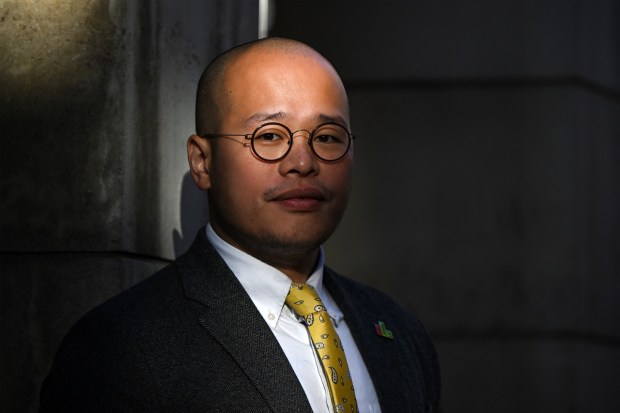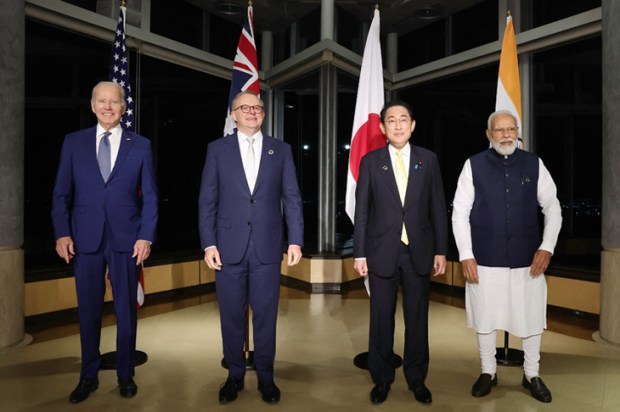When an updated history of the Liberal party is written in the future, a chapter should be devoted to the administration of the Victorian Division in the present era. Another chapter should discuss how hyper-factionalism has wounded the party nationally and compromised its electoral prospects. The two are closely linked. The problems are not confined to Victoria, but the administrators of the party in the southern state seem incapable of resolving the internal tensions that consume the Liberals. To the contrary, they appear to be fanning them.
Four decades ago, factionalism hardly existed. Apart from South Australia – where it has been present since the 1970s – the party spurned the practice, preferring to speak of informal ‘groupings’. After his experience in South Australia, Nick Minchin argued that it was best to formalise the groupings, more akin to the Labor party practice.
Factions can work when the members recognise that they involve power-sharing arrangements. Today the party is infested with a ‘winner-take-all’ mentality. Power is wielded for the benefit of the faction, not the state or the nation. No wonder John Howard has described the factions as ‘preselection cooperatives’ designed to advance the position of members, especially in getting them a seat in parliament.
The founder of the party, Robert Menzies, was critical of the factionalism that infested the United Australia party, of which he was a senior minister for a decade; prime minister for two.
The Liberal party historian and author, Scott Prasser, writes that, ‘Menzies observed that it had become corrupted by organised factions to which many members gave their prior loyalty, and often even by coalitions of factions conspiring against the remaining unaligned members.’ He asks, ‘Is this not the Liberal party today?’ Factionalism was a feature that Menzies was determined to avoid when he formed the Liberal party, seeking a large, broad membership.
It has been believed by many political observers for some years that Higgins and Chisholm were seats facing abolition due to population changes, with the certainty that the boundaries would be changed by the Australian Electoral Commission. Nonetheless, the administrative committee proceeded to a preselection for Higgins.
The Victorian Administrative Committee has form in calling preselections prior to expected boundary changes. In 2019, just months after the federal election, it resolved to conduct very early preselections despite a redistribution being contemplated by the Australian Electoral Commission because of population changes. That decision, and subsequent decisions about the issue, clearly benefited the ruling clique.
All the Victorian federal parliamentary party members objected. The then administrative committee dismissed their objections, despite a series of meetings with all the parliamentary members, led by Josh Frydenberg. This exposed an ugly face of the Victorian party.
The latest imbroglio once again exposes a party at war with itself. The result is supporters of Mr Frydenberg and the preselected candidate Amelia Hamer engaging in a public spat about the matter. What should have been a sensitively handled internal matter became another messy public dispute.
The same people advising state leader John Pesutto are running the party. It is the left of the party – the same people who ignored or dismissed the impact of the boundary changes – who are now objecting to a rerun of the preselection.
Some of their arguments are valid. It would be a bad look to dump a young female candidate who has been campaigning for months. Whether this would be compensated by having Mr Frydenberg back is a matter of opinion and judgement. There can be little doubt that Mr Frydenberg would add additional clout to the federal line-up. His ability to raise funds and his ubiquity in the media are legendary.
Conversely, it is 45 years since Rupert Hamer was premier, twenty since he died. The legacy of the name is minimal. Most of the constituents were not born back then, let alone remember Dick Hamer.
The reality is that the Liberal party needs the likes of both Amelia Hamer and Josh Frydenberg. One thing is certain: the mess will be exploited by the Monique Ryan campaign, despite the current member for Kooyong being one of the least impressive of the Teals.
If Mr Frydenberg wishes to return to parliament, he has considerable experience and much to offer. It is very understandable why he is savouring his freedom from the public eye, however leadership is a single-minded pursuit
Having observed Josh for his entire parliamentary life since 2010, and recognising his obvious commitment and talent, there are two pieces of advice: first, you need to consider what you want to achieve for Australia and repeatedly outline it. Ordinary Australians know the nation is facing considerable challenges and they are looking for leaders with real solutions, not more unspecific rhetoric, let alone resting on their laurels.
Secondly, with few exceptions, no one has occupied the Lodge without a ruthless determination to succeed. Those who accidentally found themselves there usually lasted only a short period of time. This doesn’t mean abandoning civility or sincerity, but it does require an unambiguous pursuit.
The bottom line of this latest embroilment is that there are no winners for the Liberal party. The whole preselection exercise has been botched. The blame should be sheeted home to where it belongs: the administrative committee of the party and its vocal supporters. How many more years have to pass before the state party is prepared to focus on winning elections, not seats and positions for mates?
The danger is that the Liberal party is on a long, slow decline to extinction. It may not have the extent of the structural problems that Bob Menzies identified in the old UAP, but they exist. Its membership is ageing rapidly, with the current average being well above 70. Half the membership is inactive, even on polling day. Its membership has fallen from 1 in 35 Australians when founded to less than 1 in 500 today. The Labor party faces the same trends, but the support of the unions ameliorates the problems.
Got something to add? Join the discussion and comment below.
You might disagree with half of it, but you’ll enjoy reading all of it. Try your first month for free, then just $2 a week for the remainder of your first year.













